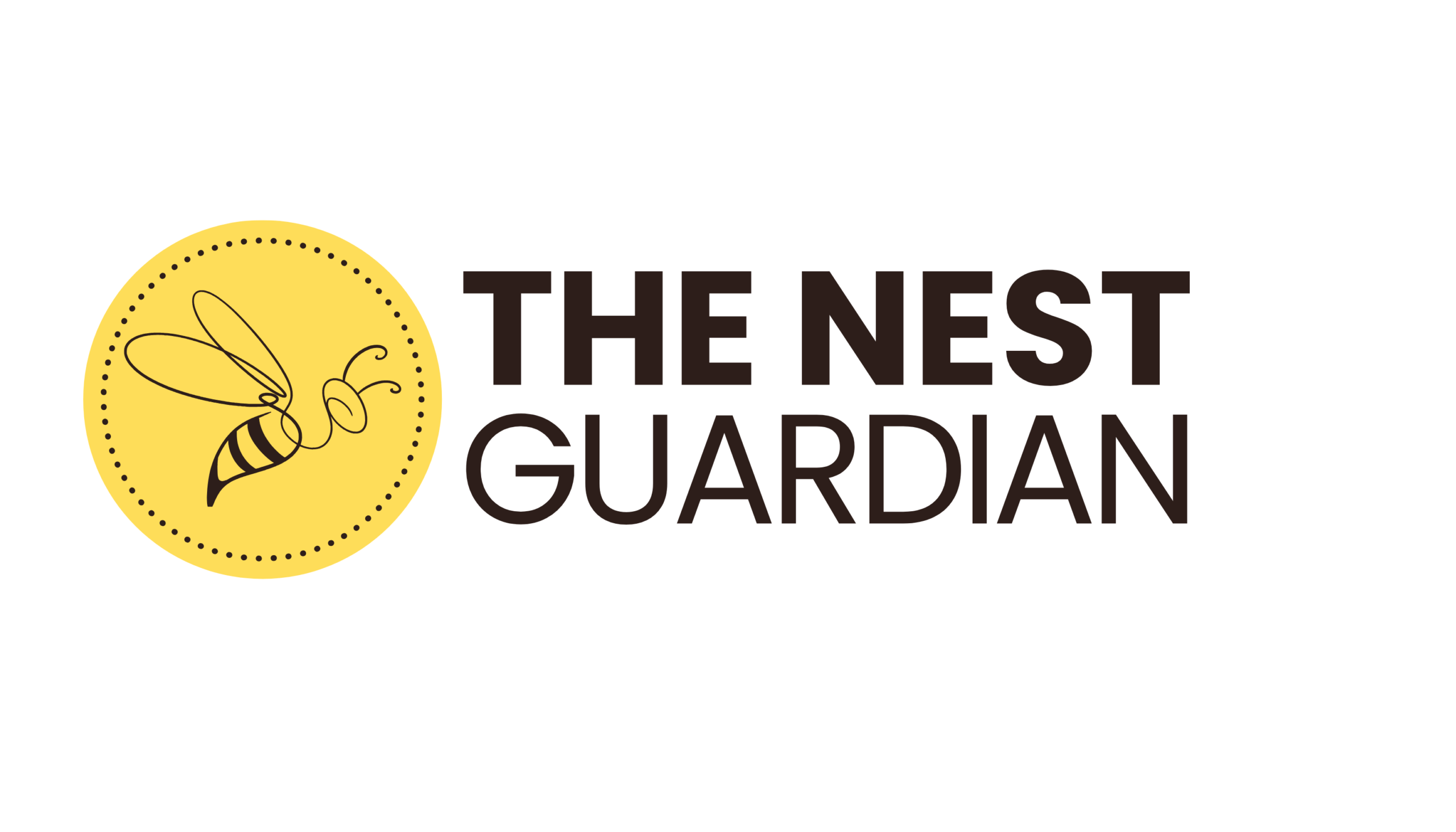Have you ever planned a BBQ and suddenly found a wasp nest in grill? Many people face this often, and it is never a pleasant surprise. Paper wasps and yellowjacket wasps are attracted to build their nests underground or in enclosed areas, such as your grill. When the weather warms up, wasps become more active and start to build nests, which is good for the environment as they act as natural pest controllers, preying on insects that damage gardens and crops. However, if they build their nests near your home, on your porch or grill, it could be a problem, as wasps could be very aggressive to protect their nests, and they can sting multiple times when feeling threatened.
Contents
5 easy steps to follow if you find a wasp nest in grill
Even though wasps are good for the environment, finding nests near your home might be a serious threat to your family and pets. Our first recommendation will be to hire an expert, especially if you are dealing with medium and large nests, as they have relocation techniques that could help you solve the problem, but keep wasps safe. But, if for any other reason you cannot hire an expert wasp removal, and you are dealing with a small nest, here are 5 easy steps you can follow to eliminate the wasp nest in grill:
Identify the wasp nest in grill
The first step is to identify the type of wasp that built the nest in your grill and its size. Small wasp nests normally are around 2 to 18 inches, and they could look like an umbrella shape, or a gray football. The gray football nest is likely from bald-faced hornets, which are a type of yellow jacket that is often confused with hornets.
Choose the right time to approach the wasp nest
Once you know the type of wasp and nest size, it is recommended to remove the wasp nest in grill during the early morning, as wasps are more active during warmer weather. Also, remember to wear protective clothing specifically made for wasps, as some gear is made for honey bees, which is not resistant to wasp stings. Besides proper clothes, use thick gloves and face protection.
Use the right spray to kill wasps
Killing wasps should be the last option to consider, but once the wasp nest is near your home, it’s important to take action as soon as possible. You could choose between synthetic and natural insecticide sprays, but we highly recommend using a natural insecticide. These insecticides are derived from plants and minerals, while synthetic insecticides could be more persistent and pose a threat to other organisms, water, and soil.
After choosing the natural insecticide, spray the wasp nest in grill at a safe distance (at least 3 meters) and be sure to drench the whole nest quickly. After 24-48 hours, check the area to see if the wasps have passed away.
Remove the wasp nest in grill
Once you’re sure the wasps are dead, which means no movement for at least 24 hours, carefully use a long-handled tool to knock down or remove the wasp nest in grill and leave it in a sealed bag for disposal.
How to clean your grill after using insecticides?
Despite using a natural insecticide is important to clean the grill as insecticides are toxic to some degree. Natural insecticides are less persistent and are often targeted to specific pests, but since the wasp nest was located in the grill is better to thoroughly clean it before cooking.
Keep in mind that heating the grill can kill some harmful bacteria and pathogens, but it won’t neutralize pesticides from the wasp spray. According to the College of Naturopathic Medicine, there are three ways to effectively remove pesticides:
- Soak in salt water: Soak the grill grate for 20 minutes using Himalayan salt or sea salt, and rinse afterwards. Based on researchers’ results, a 10% saltwater solution is effective for removing common pesticides.
- Baking soda: Another effective solution is baking soda, as its alkaline properties help break down and lift surface residues. Add 1 teaspoon of baking soda to 2 cups of water and spray the whole grill for 15 minutes. Later, use a scrub brush or sponge to clean. Finally, rinse with clean water and dry completely before using.
- Vinegar: Any type of vinegar could be used to remove surface pesticide residue due to its acidic properties. You can also soak the grill grid using 10 ml of vinegar mixed with 40ml of water.
Remember to thoroughly clean your BBQ by removing all grates and components, and soaking them or spraying them. After rinsing everything until it’s completely clean, and after everything is dry, heat the BBQ to a high temperature (around 500°F) for about 15-30 minutes so the warm temperature can burn off any remaining residues. However, don’t do this step before cleaning or use it as a strategy to eliminate the wasp nest in grill, especially if you used synthetic insecticides, as some chemicals could be dangerous to heat.



